Nordic perspectives on transboundary climate risk
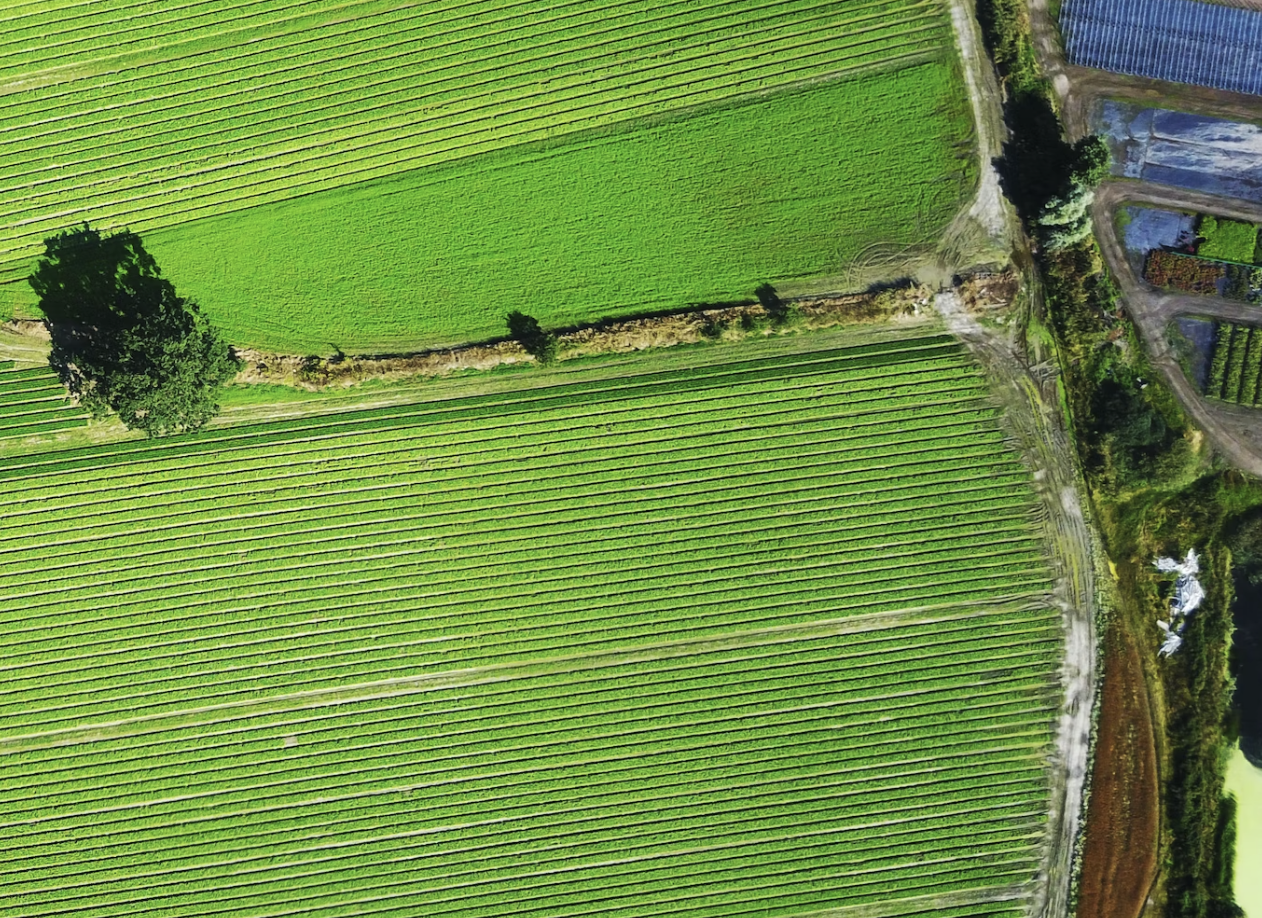
Introduction
The Nordic countries are widely considered front-runners in climate action. Given their location and socio-economic and political profiles, they also have relatively limited vulnerability to direct climate change impacts.
Yet there is an important aspect of climate risk that the Nordic countries have yet to fully grapple with: transboundary risks. In a highly interconnected world, climate impacts – from extreme events such as storms or floods, to gradual changes such as sea-level rise and shifting ecological zones – can cascade from country to country, transmitted through supply chains, financial systems, shared natural resources, and other international linkages. As noted in the Sixth Assessment Report of the Intergovernmental Panel on Climate Change (IPCC), the impacts of transboundary climate risks are already being felt around the world, but they are not yet well understood, much less integrated into adaptation strategies and policies.
This study, commissioned by the Nordic Council of Ministers, examines the crossborder risks faced by Nordic countries, to what extent they are already recognised, and possible ways to respond to them. The analysis draws on a literature review, an analysis of trade data, and interviews with stakeholders from national authorities, industry and research institutions.
This article is an abridged version of the original text, which can be downloaded from the right-hand column. Please access the original text for more detail, research purposes, full references, or to quote text.
Methods
Literature reviews and connected interviews:
The scientific literature review for this study builds on work done in the ongoing project “Unpacking climate impact chains: A new generation of action- and user-oriented climate change risk assessments” (UNCHAIN). Searches for keywords such as transboundary, cross-border, indirect, international, global, transnational and telecoupling were used to help find relevant studies. About 30 scientific journal articles were reviewed, all of which are cited in Harris et al. (2022).
The study team also reviewed policy documents from Nordic countries and the EU that examined transboundary climate risks in some way or another. Altogether, 22 documents were examined: three for the EU, one for Denmark, six for Finland, two for Iceland, two for Norway and seven for Sweden.
The desk research was complemented by interviews with representatives from national authorities and industry as well as researchers in the five countries. Twelve interviews were carried out in October and November 2021. The interviews were semi-structured and carried out online, guided by a list of questions.
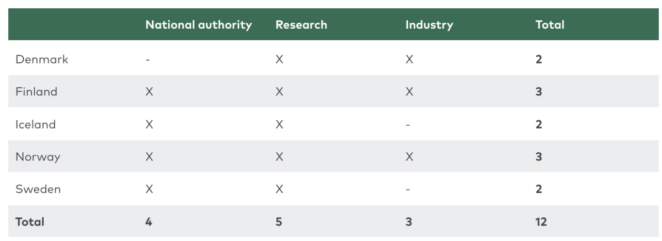
Trade data analysis:
In order to understand exposure to future climate risk in supply chains and sectors, the study also conducted an analysis of current trade flows. The analysis integrated national toll statistics; input-output data in value added; data on the land and water footprints of traded goods; and a climate vulnerability index (ND-GAIN).
The data analysis focused on three main aspects:
- Trade patterns: Key trade partners, important economic sectors and commodity groups, as well as intra-regional trade dependencies;
- Climate risk: The climate vulnerability of Nordic countries’ current trading partners; and
- Sector risk: Climate risks faced by specific sectors and dependency on foreign inputs.
Sector deep-dive: Agriculture and food production:
The choice of a priority sector for closer analysis was based on insights from the literature review, the trade data analysis and the interviews. Agriculture and food production was chosen as the sector for in-depth review. The sector analysis consisted of a quantitative analysis of climate risk in key traded inputs to the sector; and an interview-based analysis focused on risk awareness, ownership and options for action.
To explore the methods in more depth, please refer to pages 14-16 of the report.
Key Findings
The Nordic countries are ahead of many others in analysing transboundary climate risks, but for the most part, they have not determined how best to tackle those risks. Stakeholders agreed that there is a need for more dialogue between governments, companies and civil society, as well as more information on the risks and their potential impacts on different sectors. It is also important to better address supply chain-related risks. Some large companies are already addressing transboundary risks, but more systematic work is needed.
International trade in goods and services is crucial to Nordic societies, affecting everything from industry, to food supplies, to healthcare systems. An in-depth analysis of the Nordic countries’ trade relationships and the climate risks embedded in them identified five sectors of special interest: agriculture and food production; transport; petroleum and other energy imports; finance and investment; and machinery. Agriculture and food poses the most critical risks.
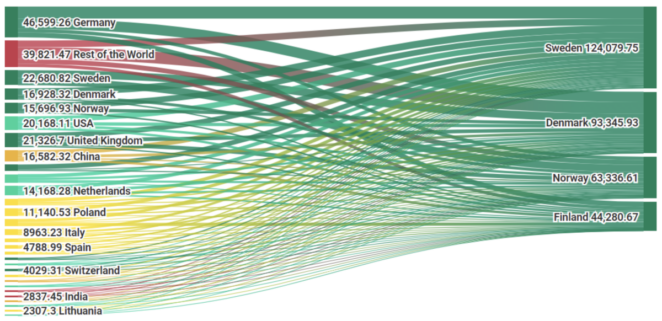
Even though the Nordics mostly trade with other relatively climate-resilient countries, several key commodities, such as soy, coffee, cocoa and fruit, come mostly from developing countries that are highly exposed and vulnerable to climate impacts. Transboundary risks affect inputs to Nordic agricultural systems (maize and soy for animal feed) as well as food industries and consumption (rice, sugarcane, coffee). If not addressed, these risks could result in some food products being costlier or less available. The COVID-19 pandemic has highlighted the risks of heavy import dependence for all five countries.
In the near term, the Nordic countries could continue to rely on traditional approaches to managing trade risk, such as substitution and diversification – but those may not work in a world that faces multiple, accelerating climate impacts. An alternative is to cooperate on a strategy that combines an increased domestic supply of inputs; sustainability and diversification of Nordic agricultural production; and support for trade partners to help them strengthen their production systems, and thus increase climate resilience across future global food markets.
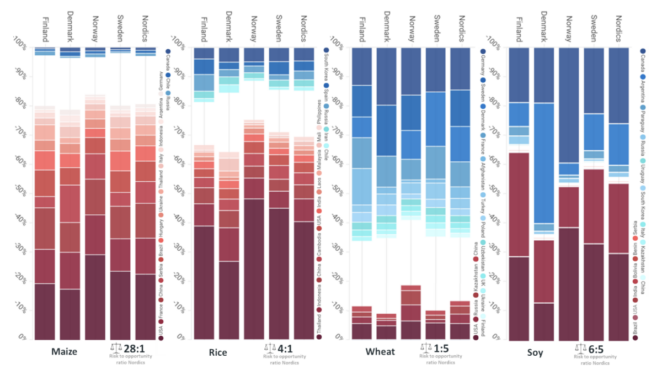
The Nordic countries differ in important ways, including in their relationship to the EU, their approaches to contingency planning, and even in how far along they are on their adaptation journey. However, Nordic action on addressing transboundary climate risks can build on their commonalities, focusing on areas where cooperation would provide the greatest added value. This includes joint research projects and shared risk analysis, for example, as well as awareness-raising and sharing tools to help public- and private-sector actors address transboundary risks.
The Nordics can also work together to raise awareness and promote collaboration in the global arena, including through alliances with strategic partners in the global South, while also integrating transboundary climate risks into their development cooperation and research efforts. Given the significant role of business in identifying and addressing these risks, another promising area is to foster public-private partnerships, actively engaging with trade associations, companies and business-affiliated research institutions.
Refer to the report to learn more about understanding and assessing transboundary climate risks (pp. 17-22); transboundary climate risks in the Nordic region (pp. 23-39); and the sector deep dive: food and agriculture in the Nordics (pp. 40-57).
Conclusion and Recommendations
This study reveals the importance and complexity of considering transboundary climate risks. Both the scientific literature review and the empirical work conducted during this project reveal that we are just starting to understand and identify the risks. The issue has still not been fully explored in adaptation research, and it is only beginning to be addressed in Nordic policies – and far more in some countries and sectors than in others.
Based on this analysis, the report highlights 10 priorities for Nordic cooperation on transboundary climate risks:
- Establish a joint Nordic research programme to provide a shared knowledge base
- Foster mutual learning and sharing of adaptation best practices in policy and business
- Raise awareness about transboundary risks among decision-makers in the region
- Share existing practical tools created in the Nordics to address transboundary risks
- Deepen Nordic cooperation in contingency planning around transboundary risks
- Coordinate Nordic initiatives on transboundary risks in the EU and in various international forums
- Build alliances with partners in the global South to facilitate mutual learning and potentially identify international measures to pursue together
- Engage with the private sector, including businesses and trade associations, in discussing and planning on transboundary climate risks
- Integrate transboundary climate risks into development cooperation, including research and finance
- Develop a joint approach to food in the Nordics, building on the experience of the Nordic Food Policy Lab and centred on shared values and practices.
The report also identifies several additional research needs, including analysis of transboundary climate risks in priority sectors other than agriculture and food, such as energy and transport; of the roles of local, national and regional authorities in addressing transboundary climate risks; and of risk ownership – how best to divide responsibilities and coordinate efforts.
Explore pages 58-64 to view the concluding thoughts and recommendations in more detail.
Related resources
- Impacts of climate change on global food trade networks
- The European Climate Risk & Trade Policy Programme
- Climate risks to trade and food security: implications for policy
- Adapting to Transboundary Climate Risks in Food Trade
- Climate change, trade, and global food security
- Dispatch from the Climate-Trade Nexus
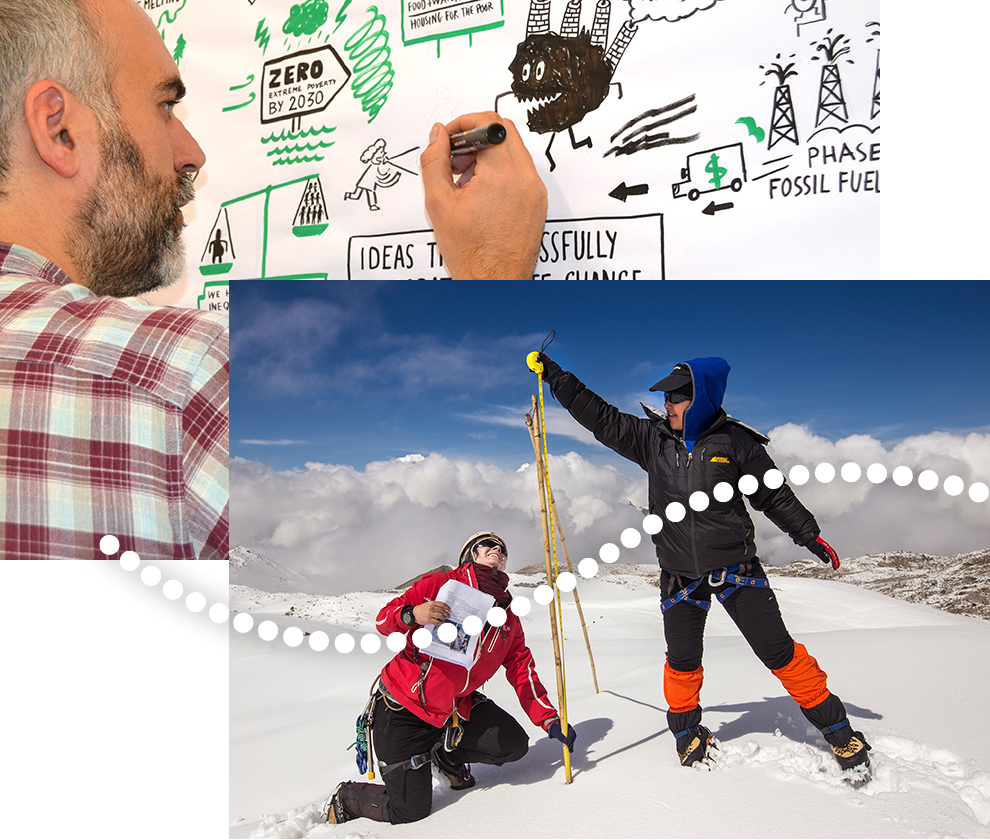
(0) Comments
There is no content